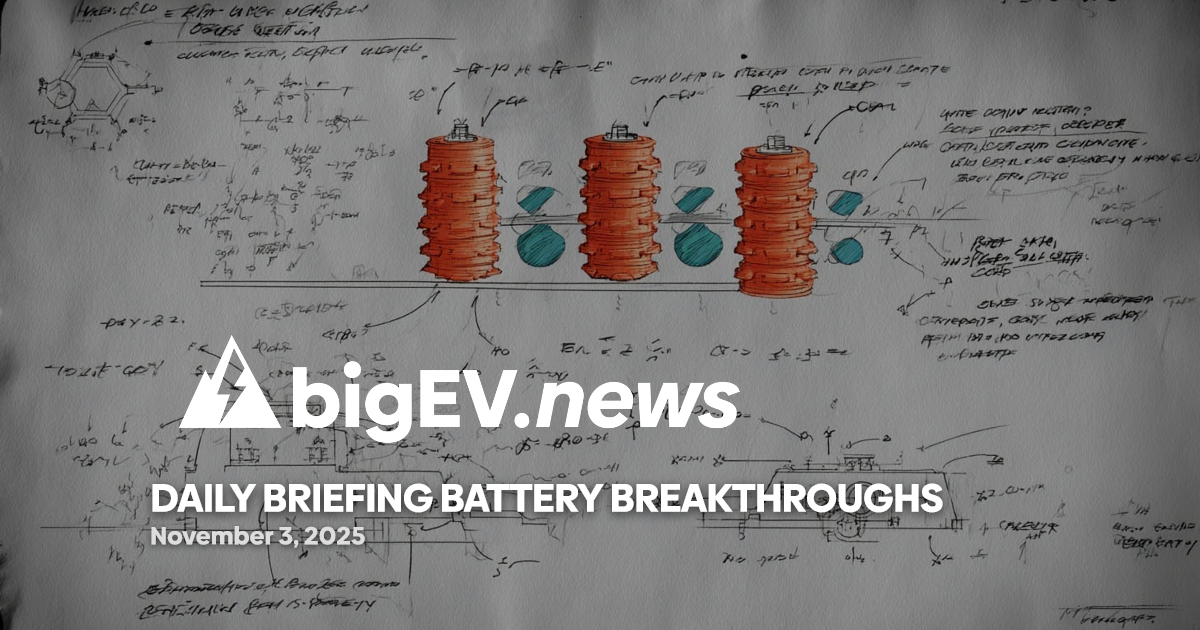A wave of new safety standards and regulatory frameworks is reshaping compliance for energy, transportation, and manufacturing worldwide.
At a glance – In the past 24 hours, the global regulatory landscape for energy and industry has seen significant developments, with new safety standards and compliance mandates emerging across battery technology, nuclear energy, grid operations, and transportation. These changes are driven by the rapid commercialization of next-generation energy storage, the expansion of advanced nuclear projects, and evolving policy frameworks for emissions and electrification. Industry leaders are now facing a more complex compliance environment, with heightened scrutiny on risk management and operational safety as new technologies scale.
Technology advance – The U.S. National Renewable Energy Laboratory (NREL) has published a landmark peer-reviewed study in Nature addressing the safety implications of next-generation battery technologies, including sodium, sulfur, and solid-state chemistries. The report highlights that while lithium-ion batteries are well understood, emerging alternatives present new risks such as rapid gas release, toxic byproducts, and extreme thermal reactions. NREL researchers emphasize the need for updated abuse testing protocols and the adoption of artificial intelligence-driven modeling to predict and mitigate hazards. These advances are expected to inform new safety standards for battery-based energy storage systems (BESS) in grid and transportation applications, with a focus on supporting designers, manufacturers, and first responders as these technologies move toward commercialization.
Partnerships – In a major move for nuclear safety and compliance, X-energy, Amazon, Korea Hydro & Nuclear Power, and Doosan Enerbility have announced a strategic partnership to accelerate the deployment of X-energy’s Xe-100 small modular reactors (SMRs) and TRISO fuel in the United States. The collaboration will focus on reactor engineering, supply chain development, and long-term operations, with up to $50 billion in public and private investment mobilized. The U.S. Nuclear Regulatory Commission is currently reviewing X-energy’s construction permit for four Xe-100 reactors at Dow’s Seadrift Operations in Texas, with a second deployment planned in Washington state. This partnership aims to set new benchmarks for nuclear safety, operational compliance, and integration with data center and AI-driven energy demand.
Acquisitions/expansions – In the grid modernization sector, Siemens Energy has finalized the acquisition of GridShield Technologies, a U.K.-based developer of advanced grid protection and monitoring systems. The $1.2 billion deal, completed on October 2, 2025, is expected to enhance Siemens Energy’s portfolio of digital substation and grid resilience solutions. GridShield’s technology enables real-time fault detection and automated isolation of grid segments, supporting compliance with new European Union mandates for grid safety and reliability. The acquisition positions Siemens Energy to address the growing demand for secure, resilient grid infrastructure as electrification accelerates across Europe and North America.
Regulatory/policy – The U.S. Energy Information Administration (EIA) has released its Annual Energy Outlook 2025, providing a comprehensive assessment of how recent regulatory changes are shaping the energy sector. The report incorporates new Environmental Protection Agency (EPA) rules under the Clean Air Act Section 111, implemented in April 2024, which impose stricter carbon dioxide emissions limits on new gas-fired turbines and existing coal, oil, and gas-fired steam units. The EIA’s analysis includes alternative policy scenarios, allowing stakeholders to evaluate the impact of these regulations on power plant operations, fuel mix, and compliance strategies through 2050. The report underscores the importance of regulatory certainty and adaptive compliance planning for utilities and manufacturers navigating evolving emissions standards.
Finance/business – In the transportation sector, Volvo Group has reported a 15% year-over-year increase in compliance-related investments, driven by new European Union safety mandates for heavy-duty electric vehicles. The company’s Q3 2025 financial statement, released October 3, details a €400 million allocation toward advanced driver-assistance systems (ADAS), battery safety enhancements, and cybersecurity upgrades. Volvo’s CEO, Martin Lundstedt, noted that these investments are essential to meet the EU’s General Safety Regulation (GSR) requirements, which take effect in July 2026. The company’s proactive approach is expected to set a precedent for compliance-driven innovation in the electrified transport industry, as regulatory scrutiny intensifies across global markets.
Sources: pv magazine USA, American Nuclear Society, Siemens Energy press release, EIA.gov, Volvo Group investor relations, GridShield Technologies









